Astronomers and volunteer citizen scientists used Hubble’s unique capabilities to identify a largely unseen population of very small asteroids. The treasure hunt required perusing 37,000 archived Hubble images spanning 19 years. The payoff? Finding 1,701 asteroid trails, with 1,031 of the asteroids previously uncatalogued. About 400 of these uncatalogued asteroids are smaller than 1 kilometer.
Tag: Solar system
SwRI scientists find evidence of geothermal activity within icy dwarf planets
A team co-led by Southwest Research Institute found evidence for hydrothermal or metamorphic activity within the icy dwarf planets Eris and Makemake, located in the Kuiper Belt.
Exploding stars
Search for witnesses of near-Earth astrophysical events
How Could a Piece of the Moon Become a Near-Earth Asteroid? Researchers Have an Answer
A team of astronomers has found a new clue that a recently discovered near-Earth asteroid, Kamo`oalewa, might be a chunk of the moon.
NASA’s Webb Finds Carbon Source on Surface of Jupiter’s Moon Europa
For as long as humans have gazed into the night sky, we have wondered about life beyond the Earth. Scientists now know that several places in our solar system might have conditions suitable for life.
Neptune’s Disappearing Clouds Linked to the Solar Cycle
Astronomers have uncovered a link between Neptune’s shifting cloud abundance and the Sun’s 11-year solar cycle that increases the amount of ultraviolet radiation reaching the planet. This discovery is based on three decades of observations by Hubble.
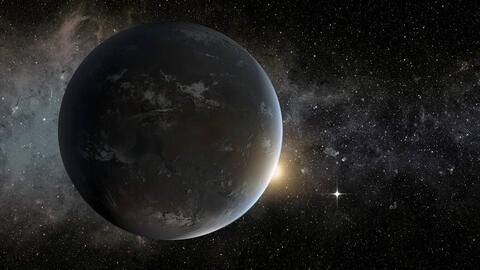
The planet that could end life on Earth
A terrestrial planet hovering between Mars and Jupiter would be able to push Earth out of the solar system and wipe out life on this planet, according to a UC Riverside experiment.
Space and time: Clocks to detect dark matter
Researchers have proposed a plan to send two atomic clocks deep into space to search for ultralight dark matter, with the goal of better understanding the universe.
Martian Meteorite Upsets Planet Formation Theory
A new study of an old meteorite contradicts current thinking about how rocky planets like the Earth and Mars acquire volatile elements such as hydrogen, carbon, oxygen, nitrogen and noble gases as they form. The work is published June 16 in Science.
Near-Sun Comet Roasted to Death
Astronomers using a fleet of world leading telescopes on the ground and in space have captured images of a periodic rocky near-Sun comet breaking apart.
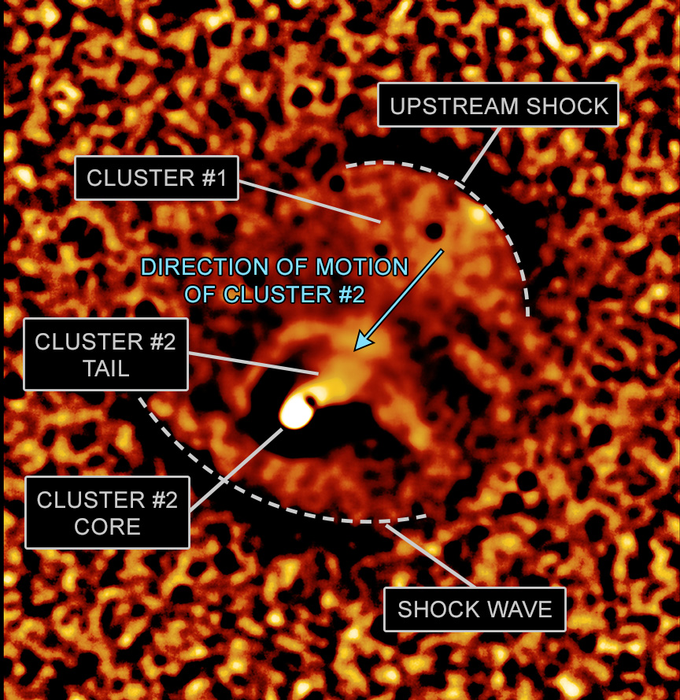
Colossal Collisions Linked to Solar System Science
A new study shows a deep connection between some of the largest, most energetic events in the universe and much smaller, weaker ones powered by our own Sun.
Dwarf planet Ceres was formed in coldest zone of Solar System and thrust into Asteroid Belt
In an article published in the journal Icarus, researchers at São Paulo State University (UNESP) and collaborators report the findings of a study reconstituting the formation of the dwarf planet Ceres.
Extraterrestrial stone brings first supernova clues to Earth
New chemistry ‘forensics’ indicate that the stone named Hypatia from the Egyptian desert could be the first tangible evidence found on Earth of a supernova type Ia explosion.
Discovery of 30 exocomets in a young planetary system
For the past thirty years, the star β Pictoris has fascinated astronomers because it enables them to observe a planetary system in the process of formation.
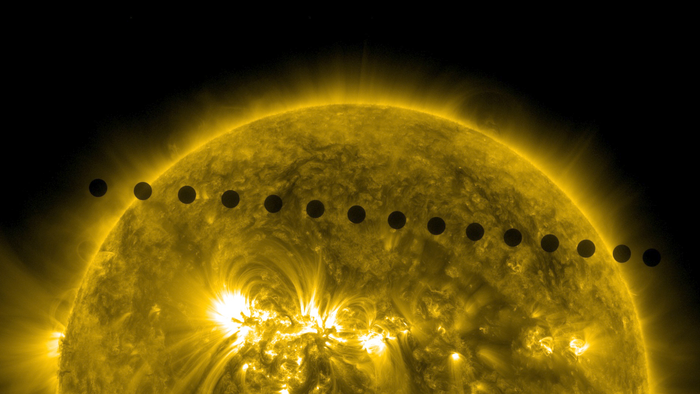
Why Venus rotates, slowly, despite sun’s powerful grip
If not for the soupy, fast-moving atmosphere on Venus, Earth’s sister planet would likely not rotate.
A bigger nursery for the solar system’s first formed solids
The earliest solids formed in the solar system give clues to what radioactive species were made by the young sun, and which ones were inherited. By studying isotopic variations of the elements vanadium (V) and strontium (Sr), an international team of researchers including scientists from Lawrence Livermore National Laboratory found that those variations are not caused by irradiation from the sun but are produced by condensation and evaporation reactions in the early solar system.
Hubble Shows Winds in Jupiter’s Great Red Spot Are Speeding Up
The innermost lane may typically be favored to win a race, but in Jupiter’s Great Red Spot, the winds in its outermost “lane” are taking the lead! Only Hubble can spot these trends: The observatory acts like a storm tracker for the giant planets in our solar system every year.
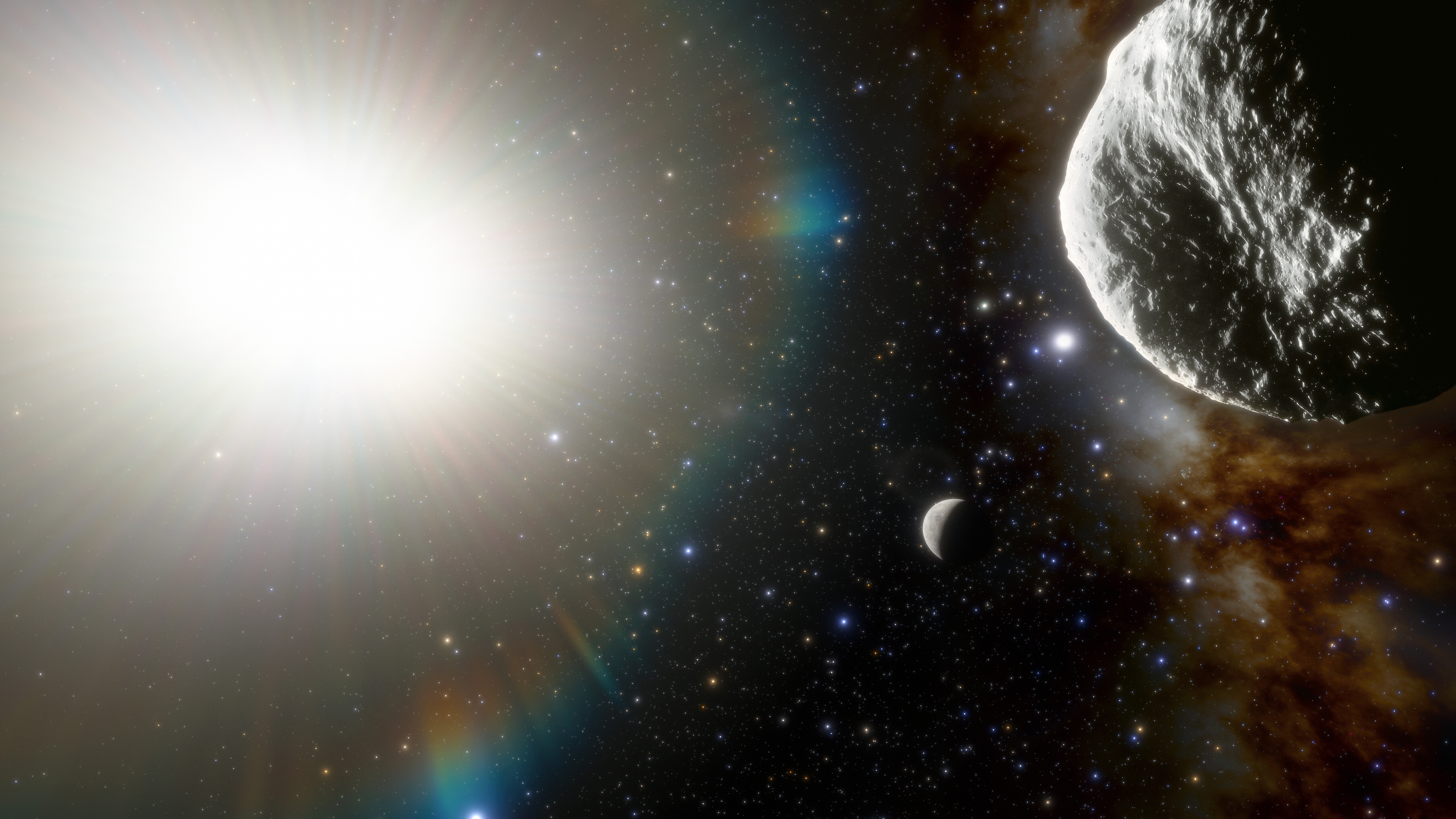
Fastest Orbiting Asteroid Discovered at NOIRLab’s CTIO
Using the powerful 570-megapixel Dark Energy Camera (DECam) in Chile, astronomers just ten days ago discovered an asteroid with the shortest orbital period of any known asteroid in the Solar System.
Magnetic Patterns Hidden in Meteorites Reveal Early Solar System Dynamics
Within meteorites, the magnetic fields associated with the particles that make up the object can act as a historical record.
Boundary of heliosphere mapped for the first time
For the first time, the boundary of the heliosphere has been mapped, giving scientists a better understanding of how solar and interstellar winds interact.
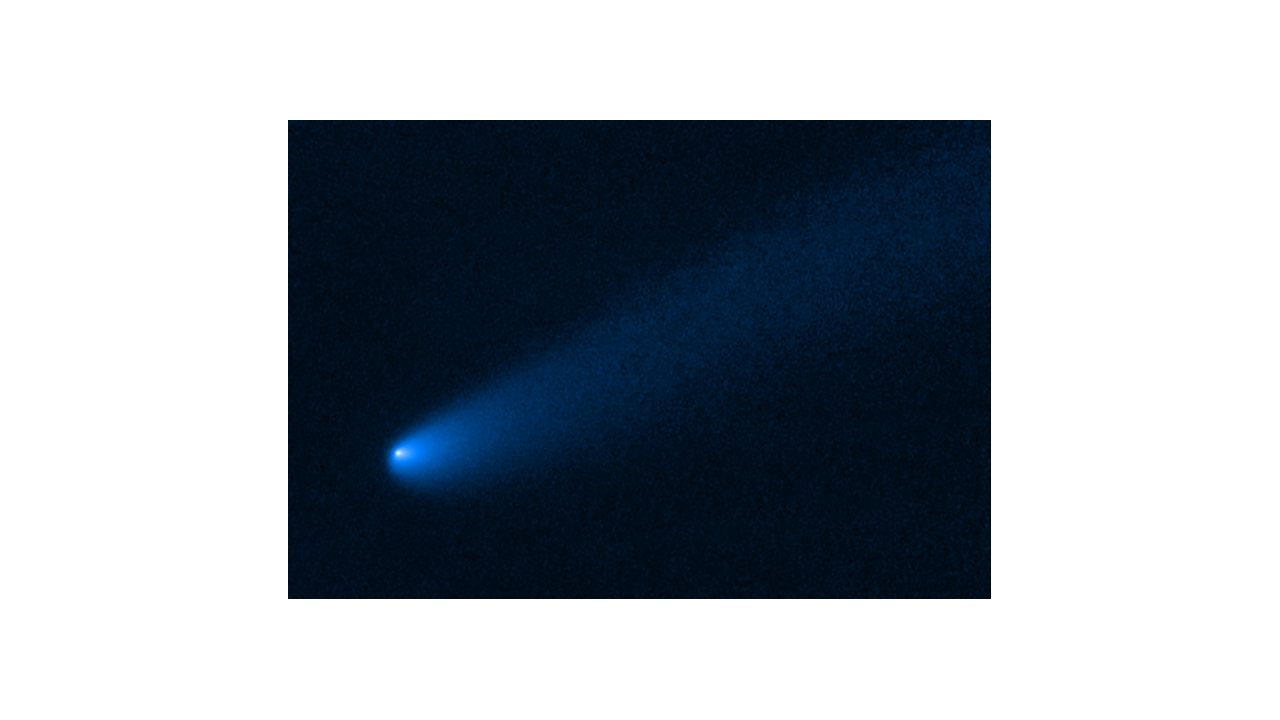
Comet Makes a Pit Stop Near Jupiter’s Asteroids
Hubble snapped this image of the young comet-like object P/2019 LD2 as it orbits near Jupiter’s captured ancient asteroids, which are called Trojans. The icy object is the first comet astronomers have spotted near the Trojan population.
Rutgers Expert Available to Discuss James Webb Space Telescope Science
New Brunswick, N.J. (Feb. 22, 2021) – Rutgers University–New Brunswick Professor Kristen McQuinn is available for interviews on the upcoming launch of the James Webb Space Telescope, its potential scientific impact and the leap forward it will provide in our understanding of the…
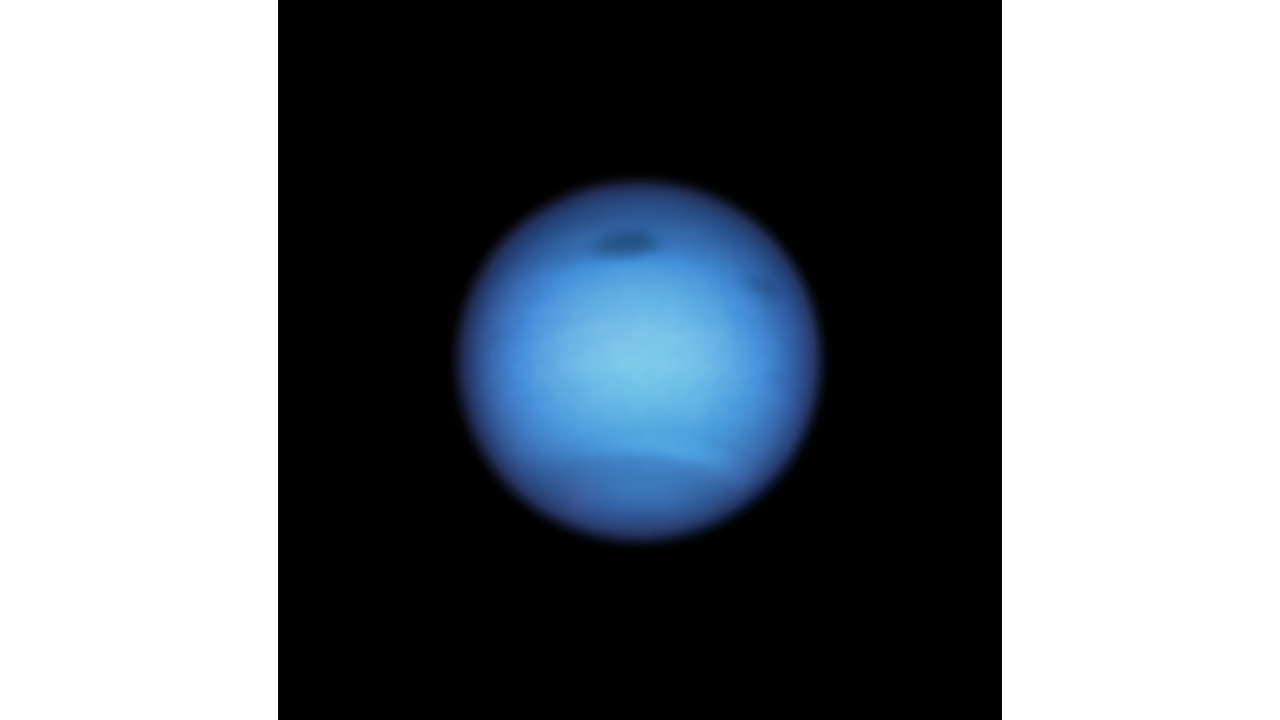
Dark Storm on Neptune Reverses Direction, Possibly Shedding a Fragment
A giant dark storm on Neptune heading for certain doom at the equator mysteriously halted its journey and began drifting in the opposite direction. Almost simultaneously, another smaller dark spot appeared nearby, only to vanish months later. Hubble astronomers are presenting these findings today at the Fall 2020 American Geophysical Union meeting.
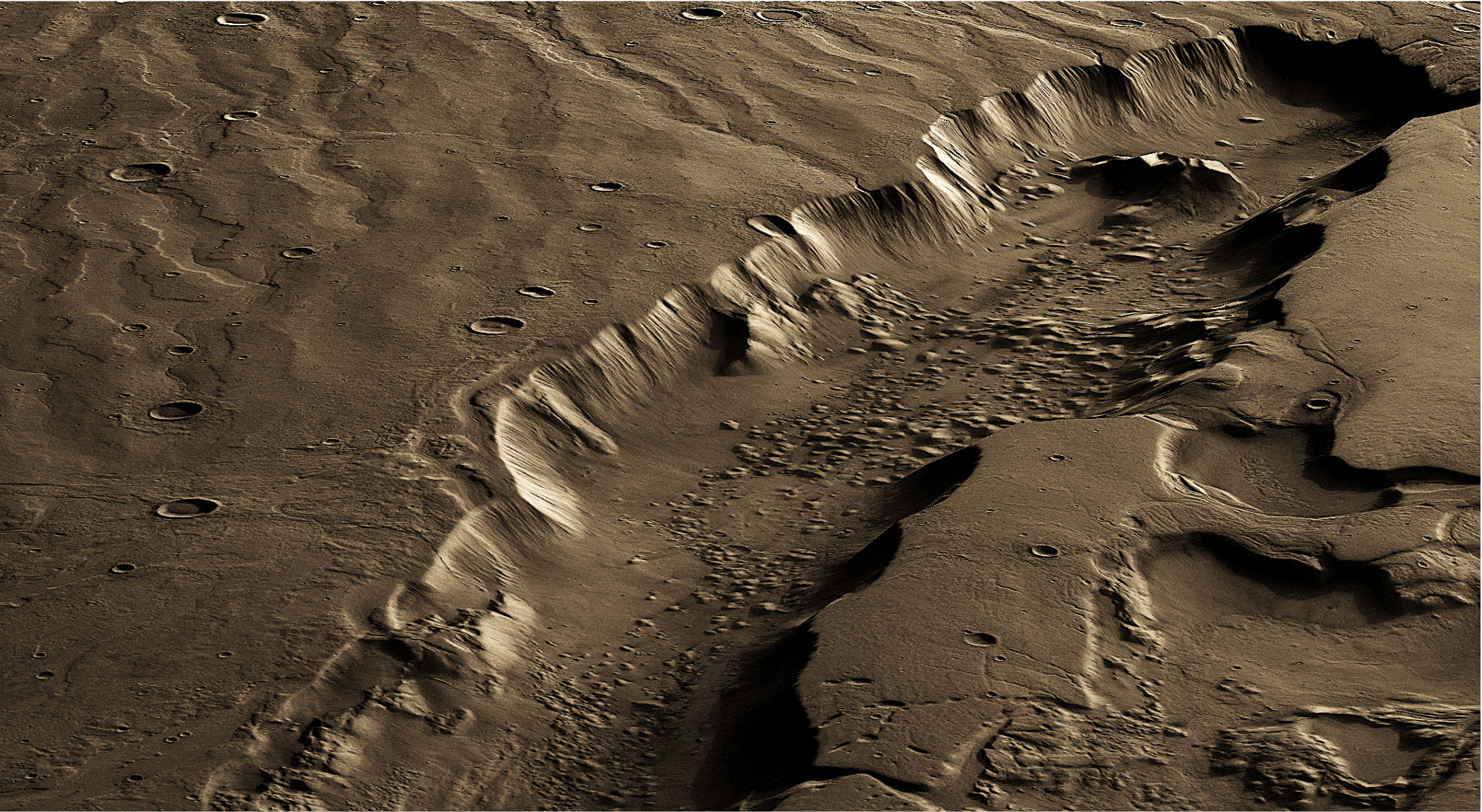
Best Region For Life on Mars Was Far Below Surface
The most habitable region for life on Mars would have been up to several miles below its surface, likely due to subsurface melting of thick ice sheets fueled by geothermal heat, a Rutgers-led study concludes. The study, published in the journal Science Advances, may help resolve what’s known as the faint young sun paradox – a lingering key question in Mars science.
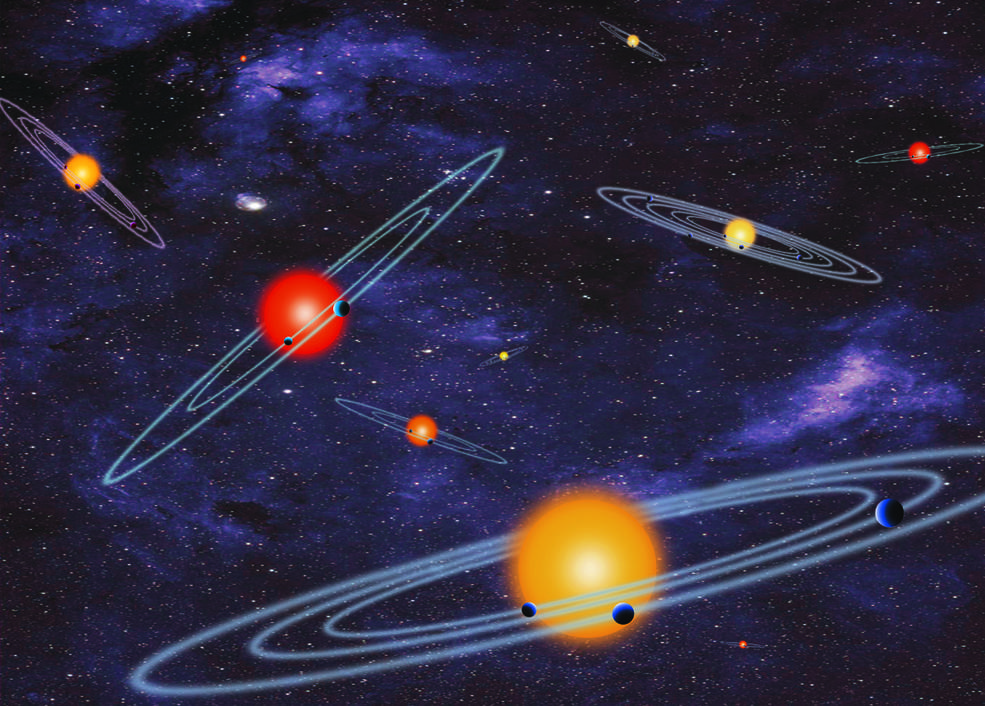
Astronomers develop model for the distribution of inner planetary systems
Data from the Kepler space telescope, launched more than a decade ago, is still helping astronomers who study planets outside of our own solar system — exoplanets — and unravel the mysteries of planetary systems. Initially, astronomers were surprised that Kepler found so many exoplanets, including hundreds of planetary systems with multiple planets orbiting close to their host star. As astronomers developed models to explain the abundance of inner exoplanets, they encountered a new mystery: “Why did Kepler detect just one planet around so many stars, instead of planetary systems with multiple planets?”
From Star to Solar System: How Protoplanetary Rings Form in Primordial Gas Clouds
The star HL Tauri, 450 light-years from Earth, is glowing at the center of a system of concentric rings made from gas and dust and producing planets, one for each gap in the ring. Its discovery has shaken solar system origin theories to their core. Mayer Humi, a scientist from the Worcester Polytechnic Institute, believes it provides an apt study target for theories about protoplanetary rings around stars. The research is published in the Journal of Mathematical Physics.
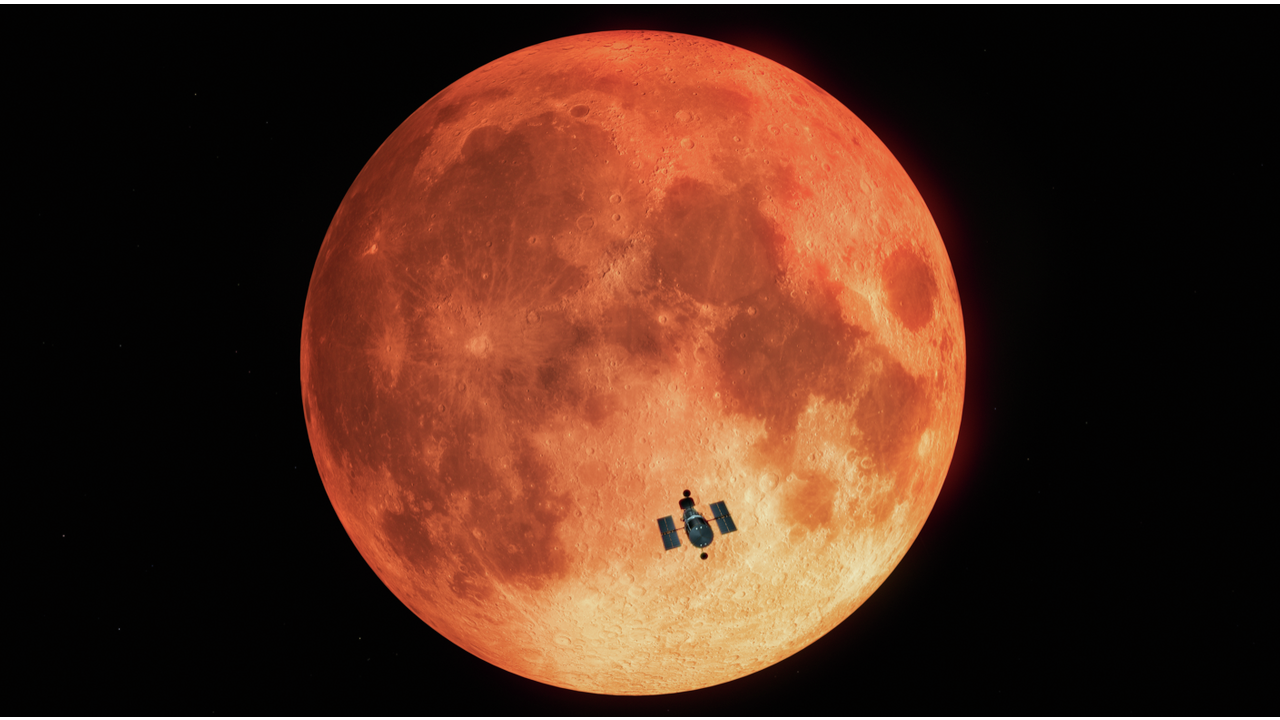
Hubble Uses Earth as a Proxy for Identifying Oxygen on Potentially Habitable Planets Around Other Stars
Astronomers used Hubble during a total lunar eclipse to detect ozone in our planet’s atmosphere by looking at Earthlight reflected off the Moon in ultraviolet wavelengths. This method serves as a proxy for how astronomers will observe Earth-like exoplanets in search of life.
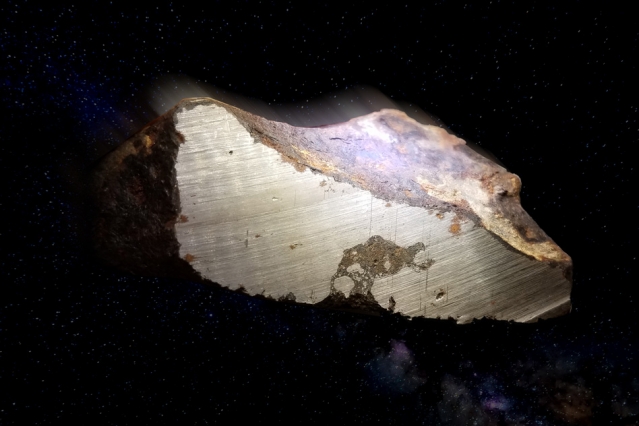
X-Rays Recount Origin of Oddball Meteorites
X-ray experiments at Berkeley Lab played a key role in resolving the origin of rare, odd meteorites that have puzzled scientists since their discovery a half-century ago. Known as type IIE iron meteorites, they appear to have originated from a parent body that had a composition featuring both fully melted and unmelted parts – other meteorite types display only one composition.
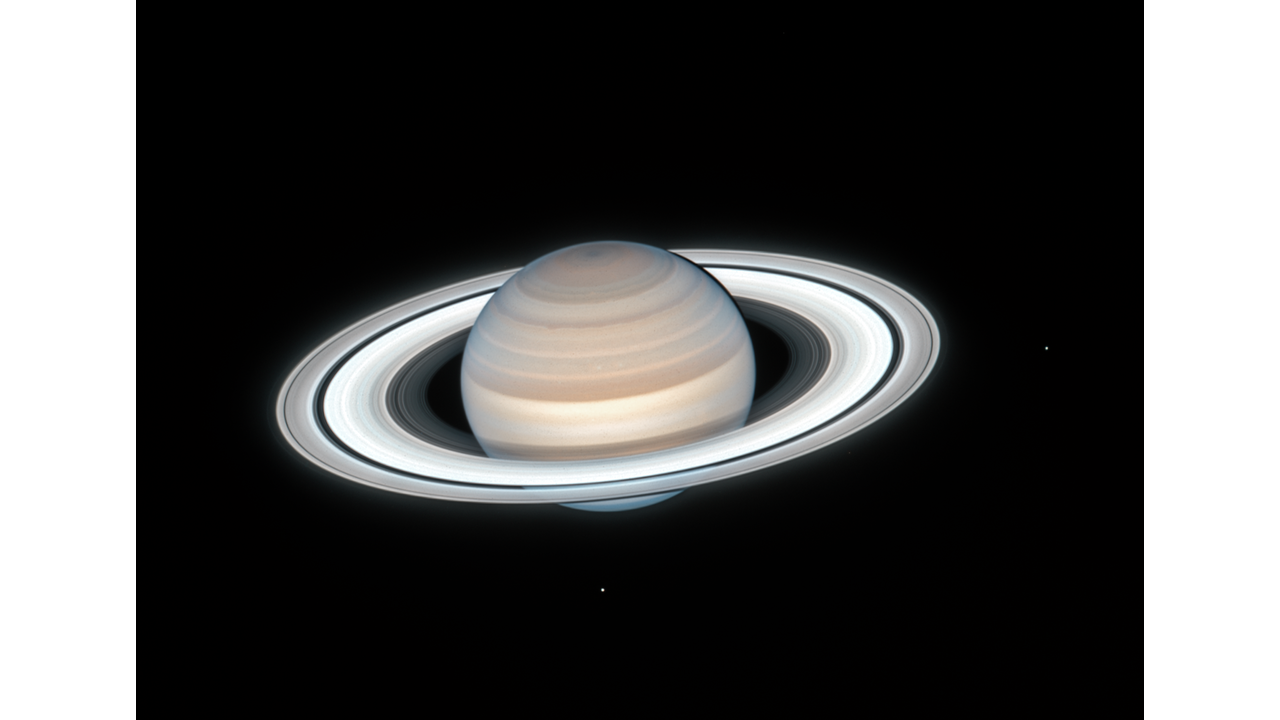
Hubble Sees Summertime on Saturn
Hubble photographed Saturn and its rings on July 4, during summer in Saturn’s northern hemisphere. This image is taken as part of the Outer Planets Atmospheres Legacy (OPAL) project. OPAL is helping scientists understand the atmospheric dynamics and evolution of our solar system’s gas giant planets.
Exoplanet climate ‘decoder’ aids search for life
After examining a dozen types of suns and a roster of planet surfaces, Cornell University astronomers have developed a practical model – an environmental color “decoder” – to tease out climate clues for potentially habitable exoplanets in galaxies far away.
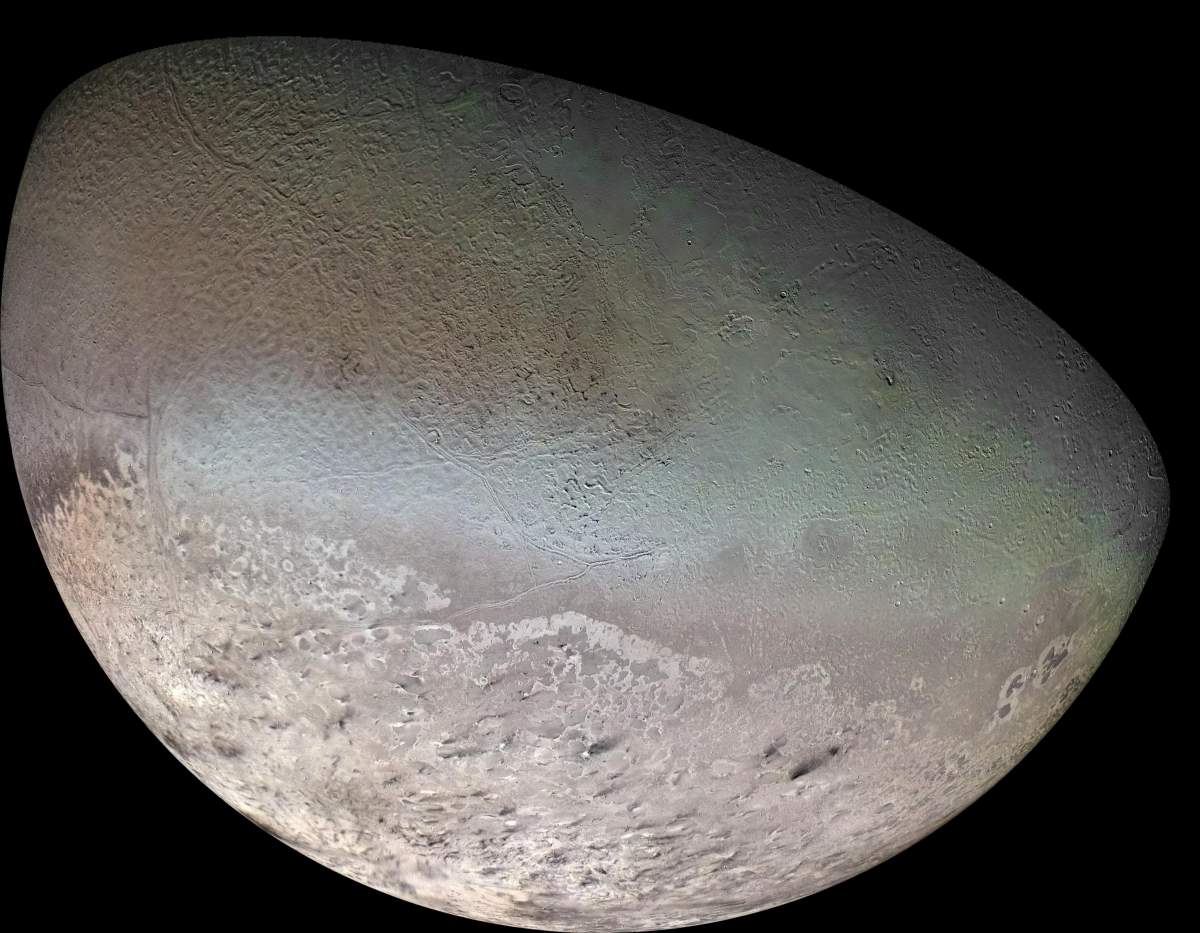
Trident Team Reaches NASA’s Discovery Program Finals
Two Weizmann Institute scientists are on a team selected as a finalist for a mission to Triton, Neptune’s largest moon. The duo designed a super-accurate clock that will help them study Triton’s atmosphere – and even search for life. The mission, called Trident, would launch in 2026.
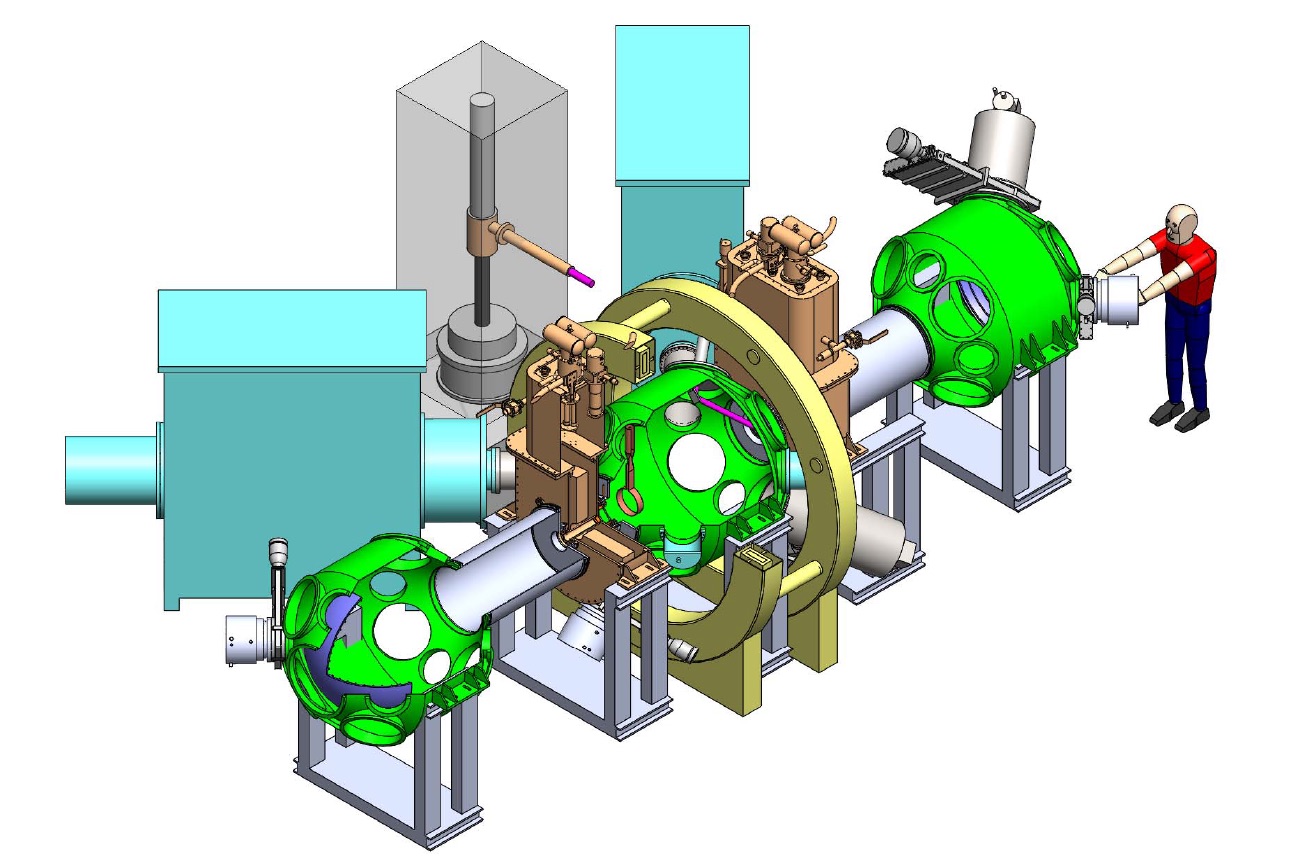
New research helps explain why the solar wind is hotter than expected
When the sun expels plasma, the solar wind cools as it expands through space — but not as much as the laws of physics would predict. UW–Madison physicists now know the reason.
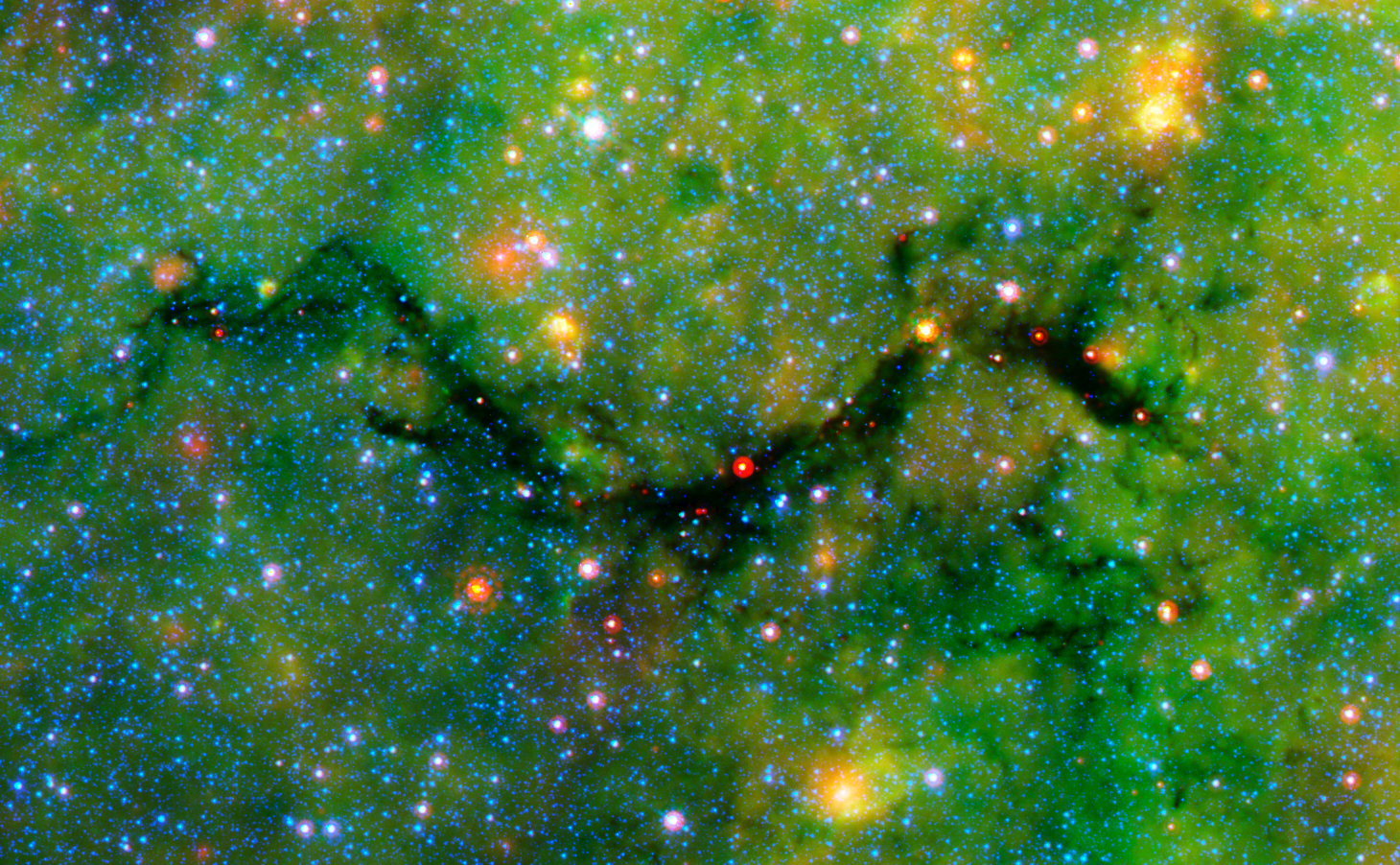
Piercing the Dark Birthplaces of Massive Stars with Webb
Scientists will use NASA’s James Webb Space Telescope study three mysterious, cold, dense clouds where high-mass stars form.
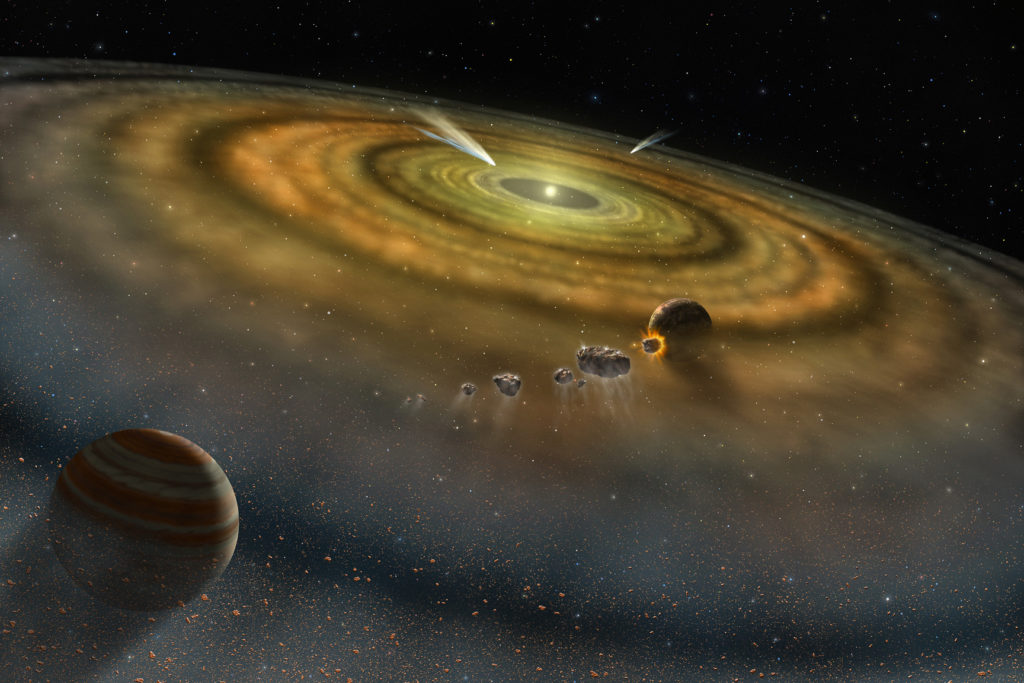
Meteorites lend clues to origins of earliest history of solar system
Lawrence Livermore National Laboratory (LLNL) scientists and a collaborator from the University of Münster reviewed recent work that shows how meteorites exhibit a fundamental isotopic dichotomy between non-carbonaceous (NC) and carbonaceous (CC – rocks or sediments containing carbon or its compounds) groups, which most likely represent material from the inner and outer solar system.
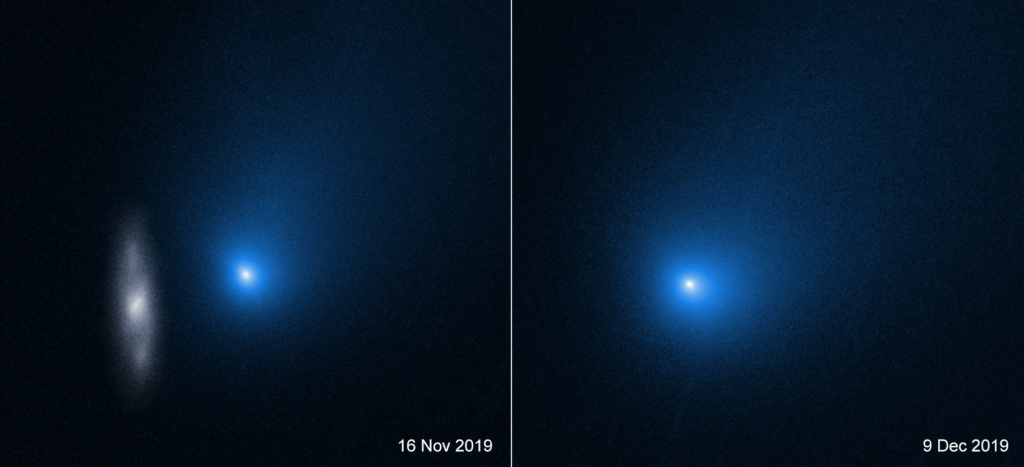
Interstellar Comet 2I/Borisov Swings Past the Sun
Hubble captured interstellar comet 2I/Borisov streaking past the Sun in a pair of images taken on November 16 and December 9. It is the first confirmed interstellar comet known to have passed through the solar system.
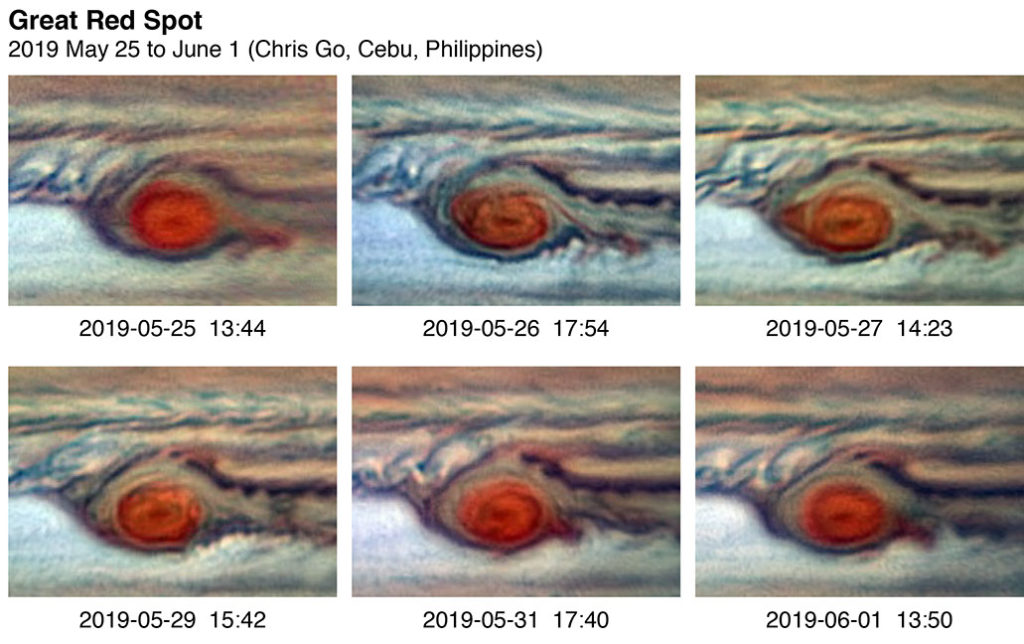
Reports of Jupiter’s Great Red Spot Demise Greatly Exaggerated
The shrinking of the clouds of the Great Red Spot on Jupiter has been well documented with photographic evidence from the last decade. However, researchers said there is no evidence the vortex itself has changed in size or intensity.
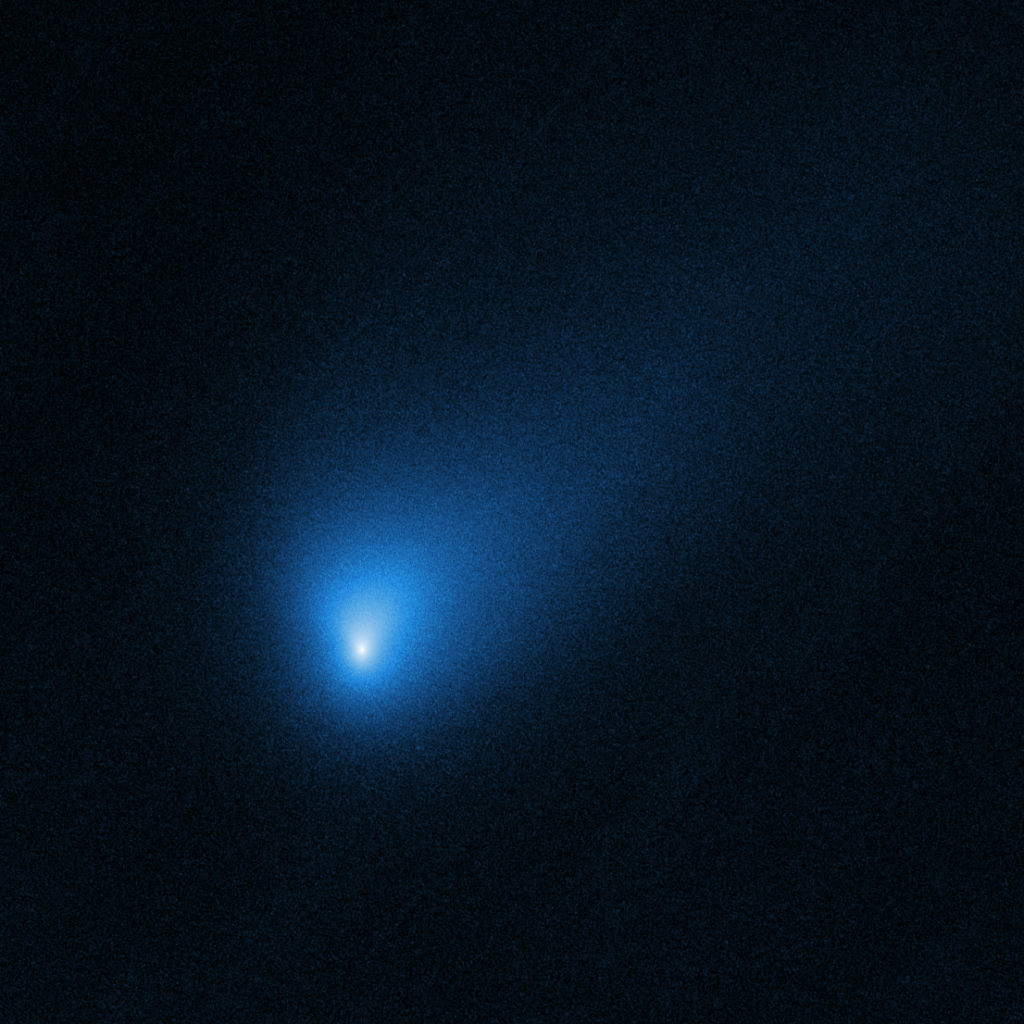
Hubble Observes First Confirmed Interstellar Comet
Hubble has taken the sharpest view to date of interstellar comet 2I/Borisov whose speed and trajectory indicate it has come from beyond our solar system. The image, taken October 12, 2019, reveals a central concentration of dust around the comet’s nucleus.
Russian astronomer comments on Nobel Prize in physics
MOSCOW (MIPT) — The discovery by Michel Mayor and Didier Queloz was momentous in that they made it very clear how exoplanets may be sought using what is known as the radial velocity method, says Alexander Rodin from the Moscow Institute…
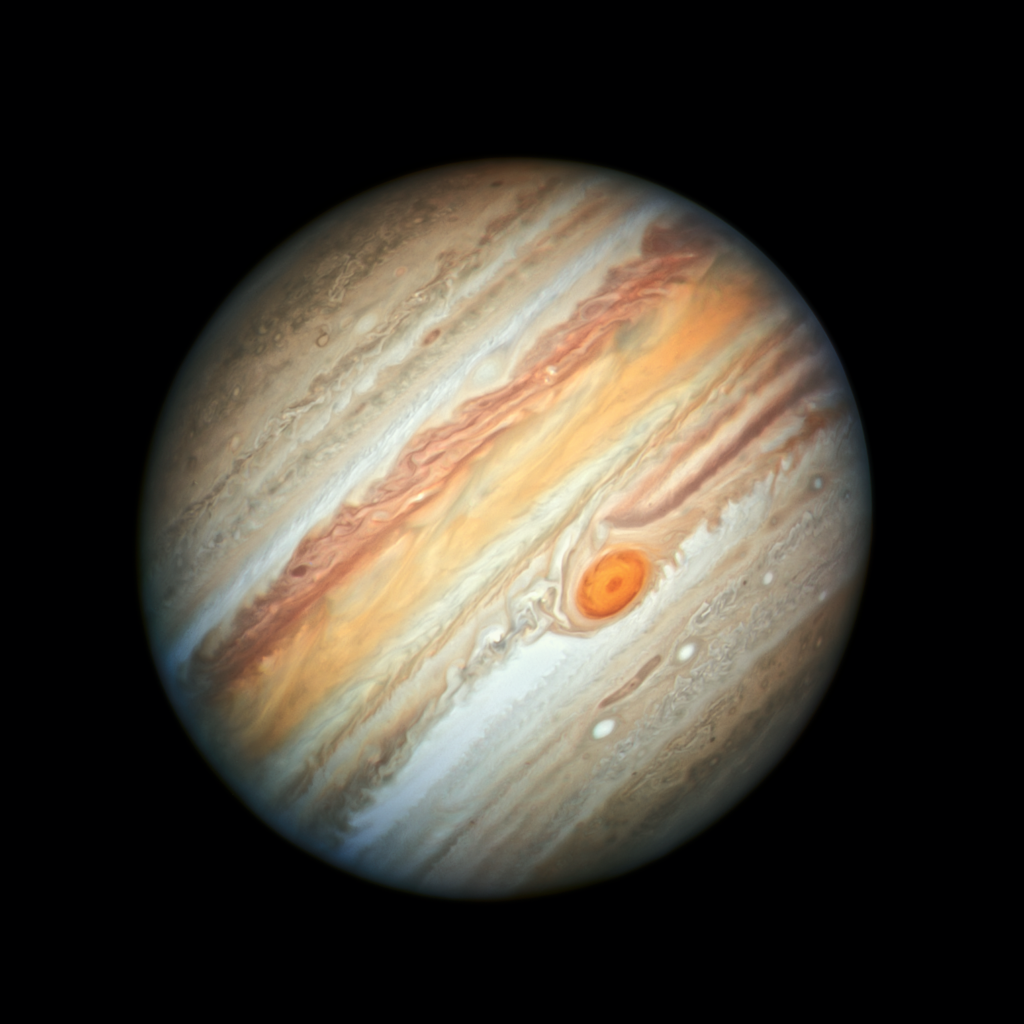
Hubble’s New Portrait of Jupiter
This new Hubble Space Telescope view of Jupiter, taken on June 27, 2019, reveals the giant planet’s trademark Great Red Spot, and a more intense color palette in the clouds swirling in Jupiter’s turbulent atmosphere than seen in previous years.
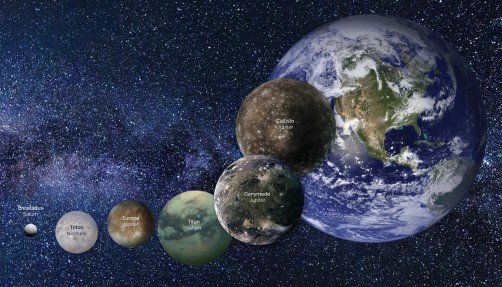
NASA Makes Dual Investment in Ocean Worlds Research at WHOI
Agency funds five-year effort to understand the potential for life in outer solar system and establishes a new Network for Ocean Worlds The National Aeronautics and Space Administration (NASA) will invest in a major new research program headquartered at the…

Smithsonian Snapshot: Meet the Smithsonian Secretary Who Studied the Sun
The summer solstice is the longest day of the year and occurs when one of Earth’s poles has its maximum tilt toward the sun, and the sun reaches its highest position in the sky. In the U.S., the summer solstice…